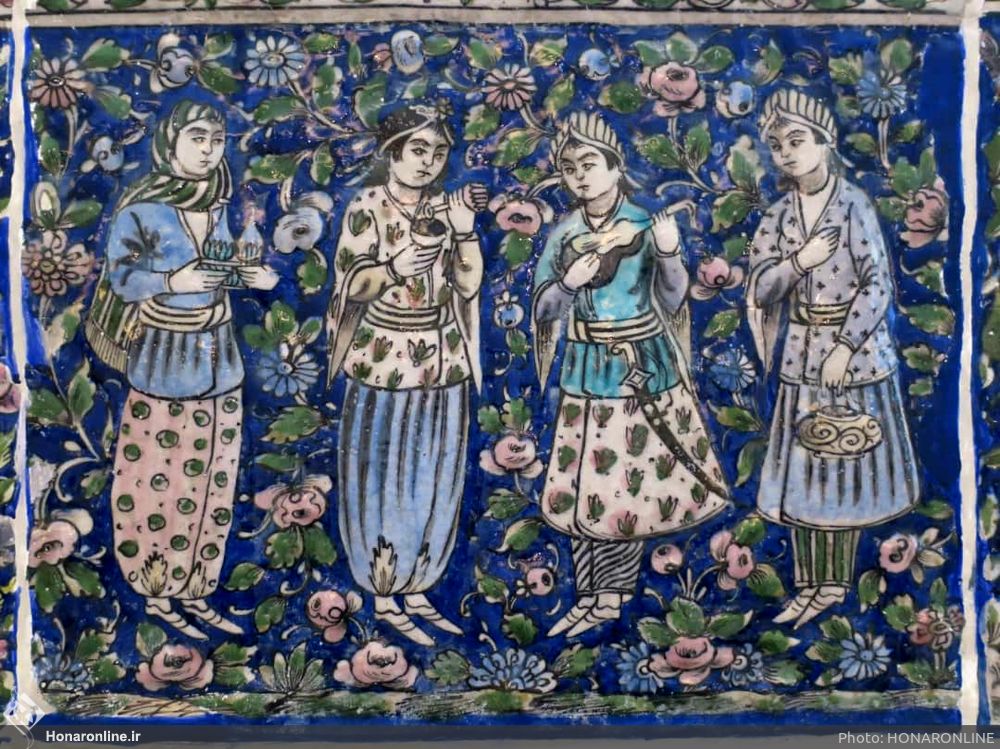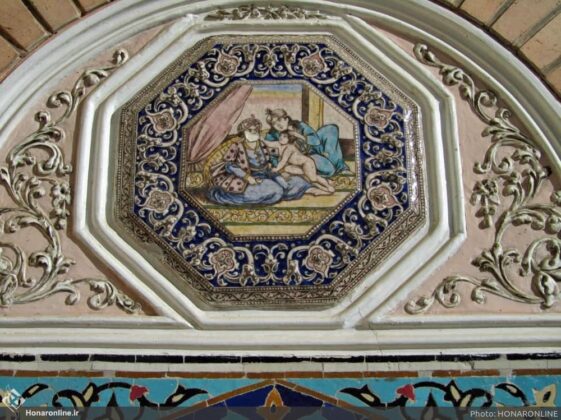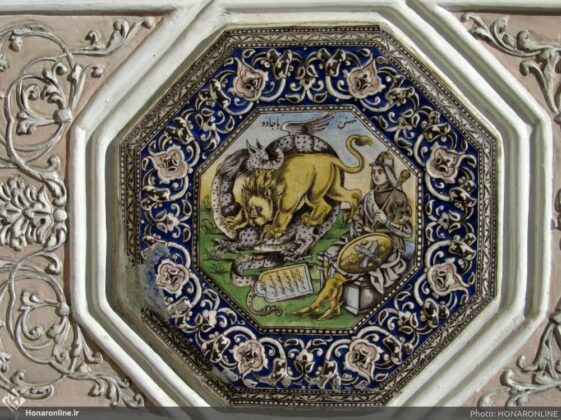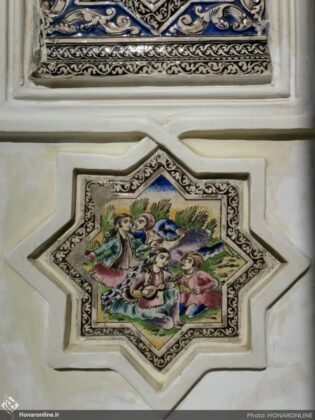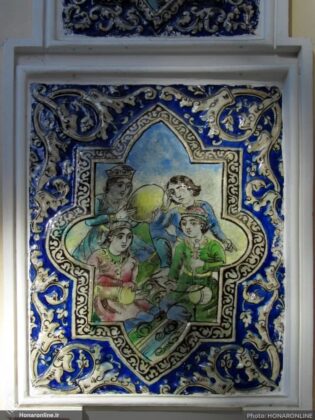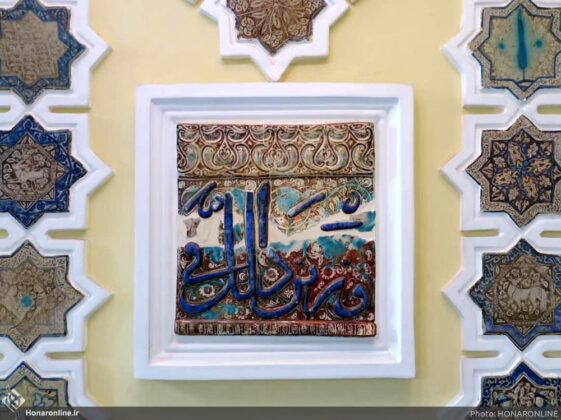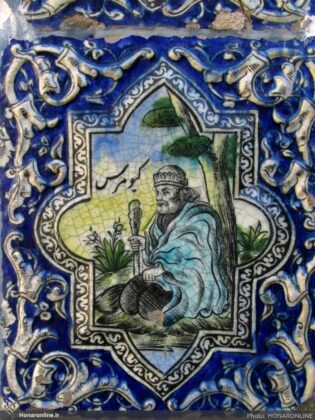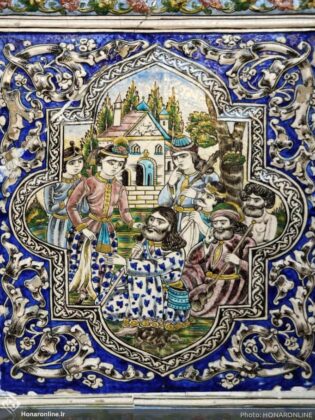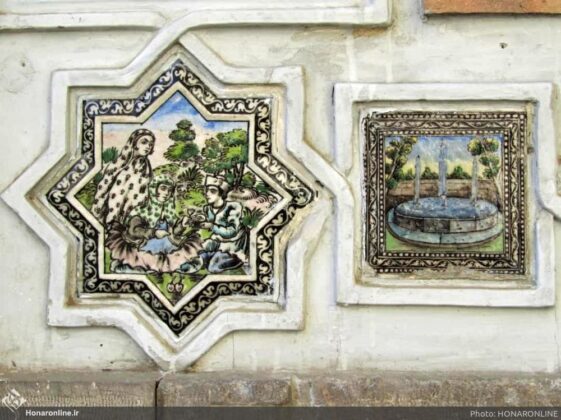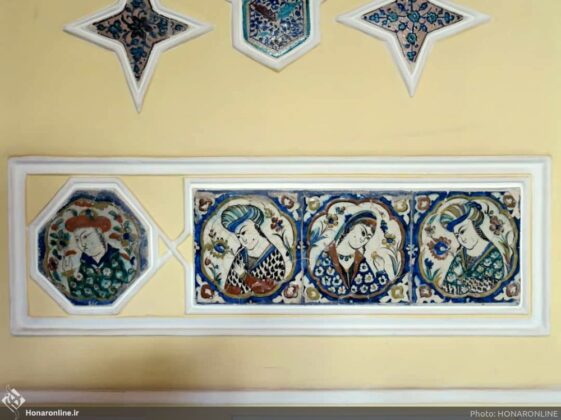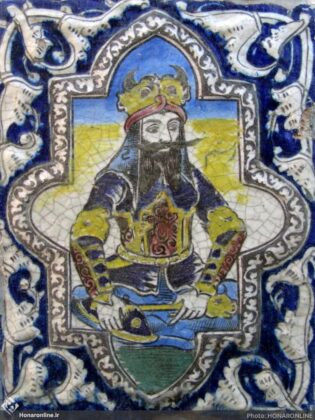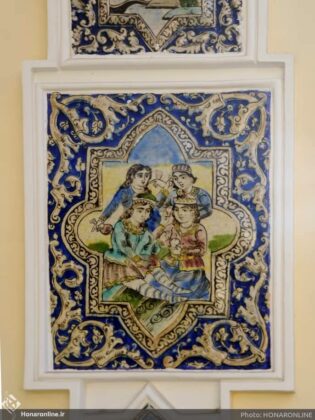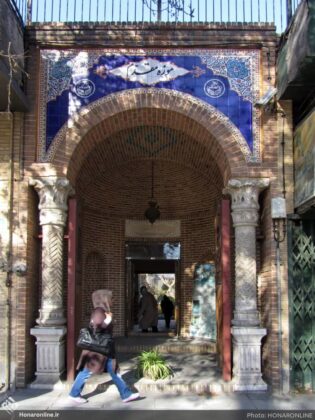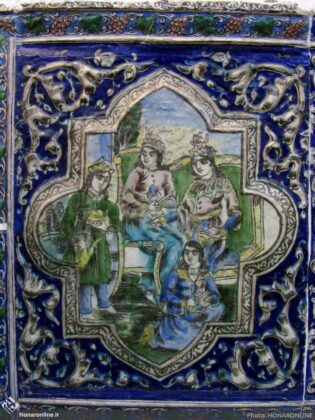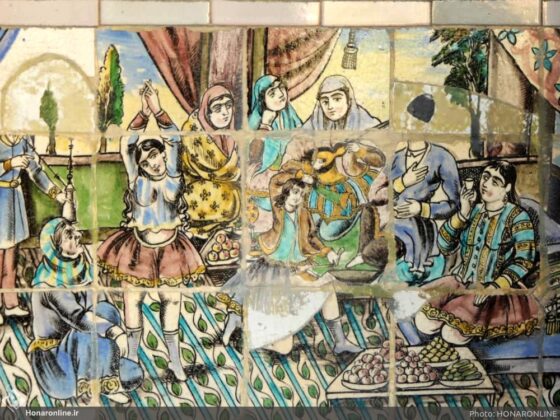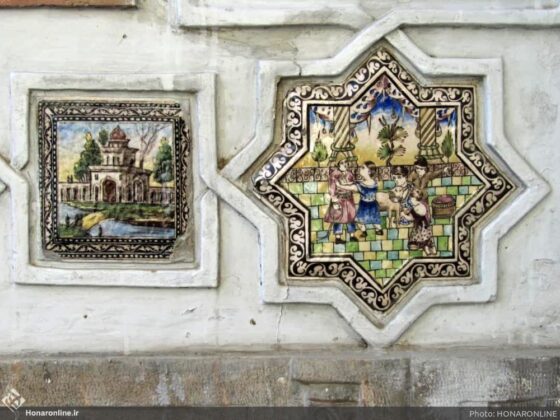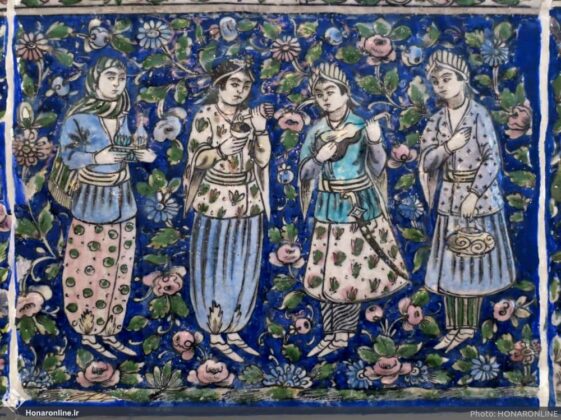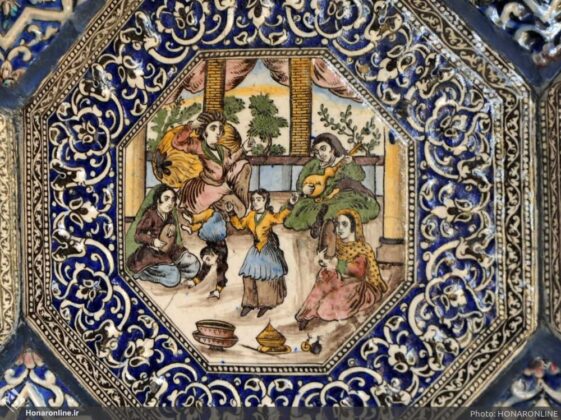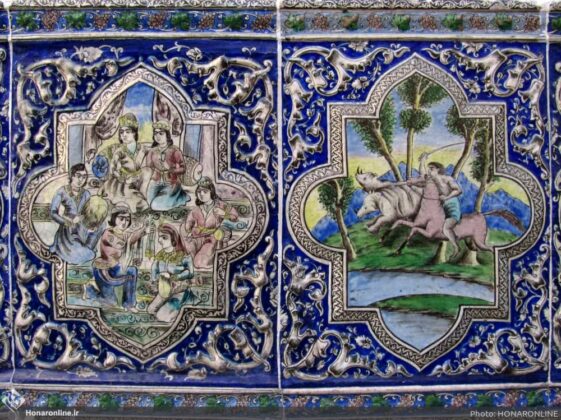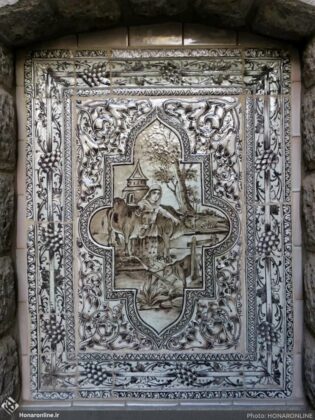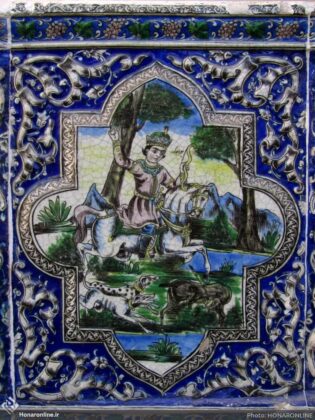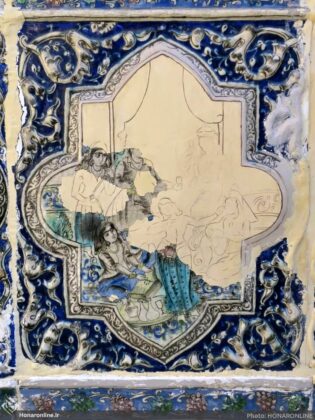The edifice used to belong to Mohammad Taqi Khan Ehtesabolmolk, one of the members of the royal family of the time in the Qajar Dynasty.
Ehtesabolmolk had two sons, Hassan and Mohsen, who went to Europe to continue their studies.
Hassan was into literary, political and social activities and died young. He left behind a very well-known play titled “Jafar Khan Back Home from Europe.”
In 1939, Mohsen returned home after finishing his studies in the fields of Drawing, History of Art and Archaeology, and began to live in his father’s home, the current Moqaddam Museum, along with his French wife.
In addition to their scientific activities, the couple began to collect Iranian antiquities and cultural items. Moqaddam artistically fitted into the mansion many of the invaluable items that he collected, including tiles and cut stones, inspired by traditional and historical architecture. That is why the edifice has turned into a treasure trove of Iranian tilework.
The tilework at this mansion is a brilliant example of Iranian visual culture which is based on Persian classic literature, including “The Book of the Kings,” the magnum opus of renowned 10th-century Persian poet Ferdowsi.
What follows are Honar Online‘s photos of tilework in Moqaddam Museum:
